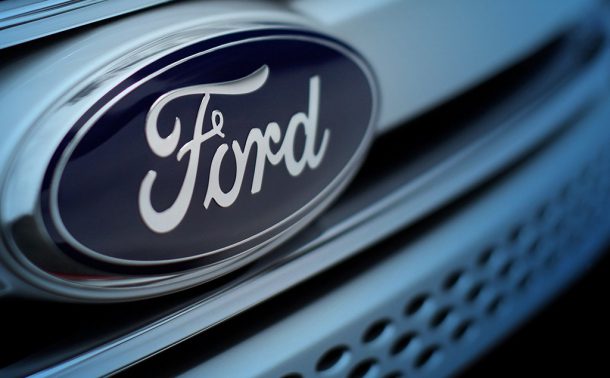Despite the average transaction price of your typical automobile climbing higher than ever before, there’s a lot of disagreement as to whether this actually amounts to more spending once inflation has been taken into account. Studies frequently show inflation-adjusted valuations climbing gradually over the years, resulting in MSRPs a few grand higher than what you might have spent in decades prior. Still, newer vehicles tend to have a much greater level of content and the ability to outlast something from 1970, helping to rationalize the difference. Data taken from the U.S. Bureau of Economic Analysis (BEA) actually suggests the average expenditure per vehicle actually peaked in the late 1990s before creeping back down.
Meanwhile, we keep hearing reports about the average transaction price of passenger vehicles settling above $37,000 for 2019. Cross referenced against the BEA data, that’s about $5,000 dearer than in 1999 — once you’ve shifted everything to present-day dollars. Blame people’s inability to say “no” to options, crossover popularity, or anything else you want. It won’t change the problem, especially as the wealth gap continues to widen between the haves and have nots.
Automakers know that sales are stagnating and Ford CEO Jim Hackett thinks he’s come up with a solution — and it’s a familiar one. It’s decontenting time.
In a recent interview with Automotive News, Hackett said the company wants to deploy a “reductive design” strategy to help tamp down rising vehicle prices and dodge the need for riskier loans.
“We’re not doing the … below-market kind of loans, or what I call high probability of default,” the CEO explained. “We’re actually different than some of our competitors there, I want to point out. Much more conservative. We’ve actually written the balance sheet down, which obliges the company less if there’s any kind of recession.”
From Automotive News:
After cutting back its car offerings, Ford’s vehicle pricing has skewed significantly higher than in previous years. The average transaction price for the F-150 pickup was $48,170 in the third quarter, according to Edmunds.
For the Escape and Explorer crossovers, the average transaction prices were $28,613 and $45,762. Those are three of Ford’s most popular vehicles. The industry average transaction price for a new vehicle in November was $37,981.
Ford says it also wants to help lower vehicle ownership costs by syncing Ford Motor Credit with connected car technology. This year, the company introduced Ford Insure — a service that sends driving data from customer vehicles to an auto insurance provider. It’s supposed to help lower insurance premiums for consumers with good driving habits, provided they’re willing to be monitored. Big Brother is watching… with coupons at the ready.
Exactly what content Ford is willing to cut is a mystery, however. Hackett referenced things like garage door openers and CD players. Yet those are hardly in-demand features for most modern drivers; meanwhile, Ford’s unlikely to ditch expensive new technologies that will help it leverage connectivity into a thriving, data-focused business model. Ivan Drury, senior manager of industry insights at Edmunds, said Ford’s decontenting might not even result in cost savings for buyers.
“Are they going to pass all that cost savings to the consumer? Not likely,” he said. “How often do you hear about [sticker prices] dropping year over year? Especially when you talk about these options that are defunct — we’re not talking about a lot of money.”
[Image: Ford Motor Co.]

